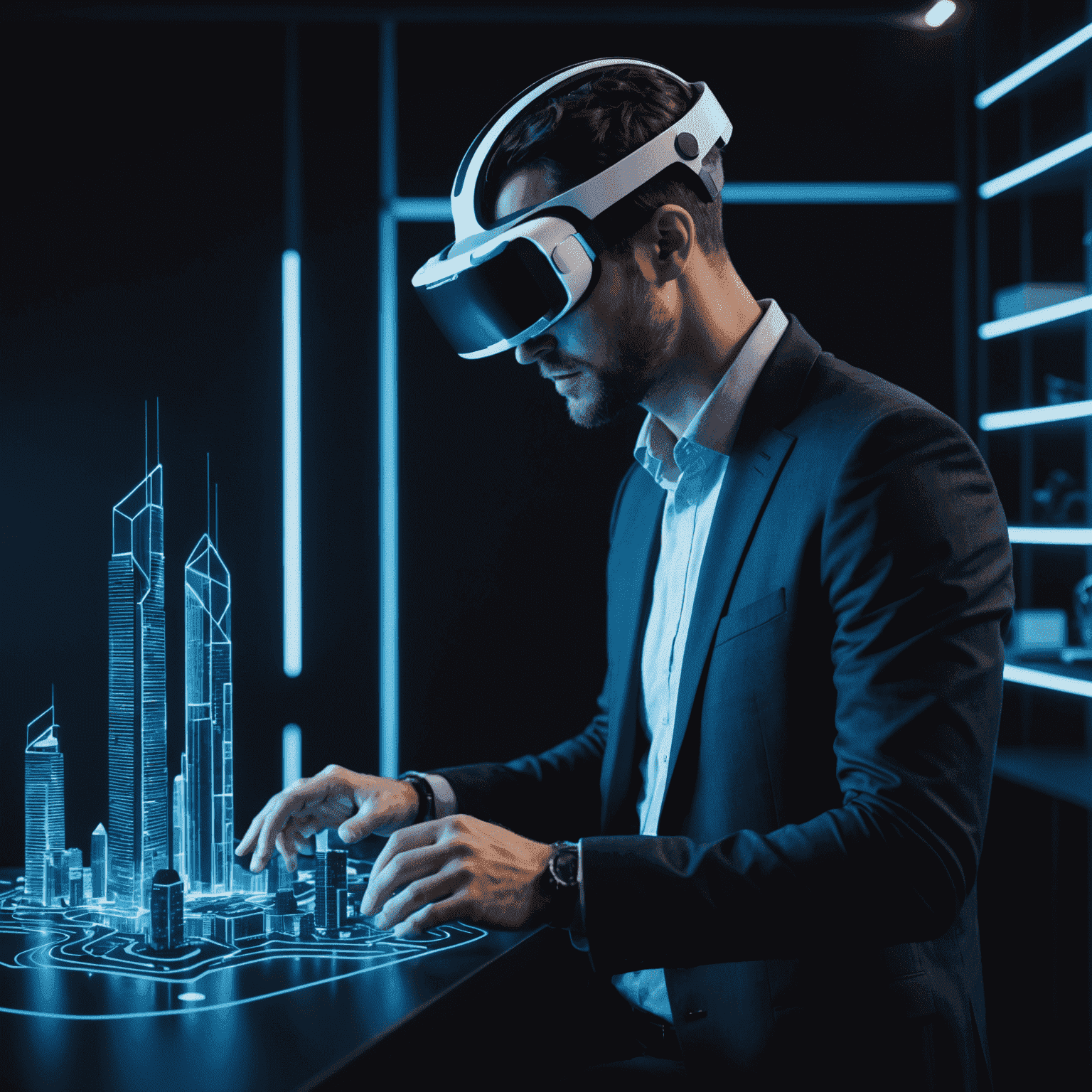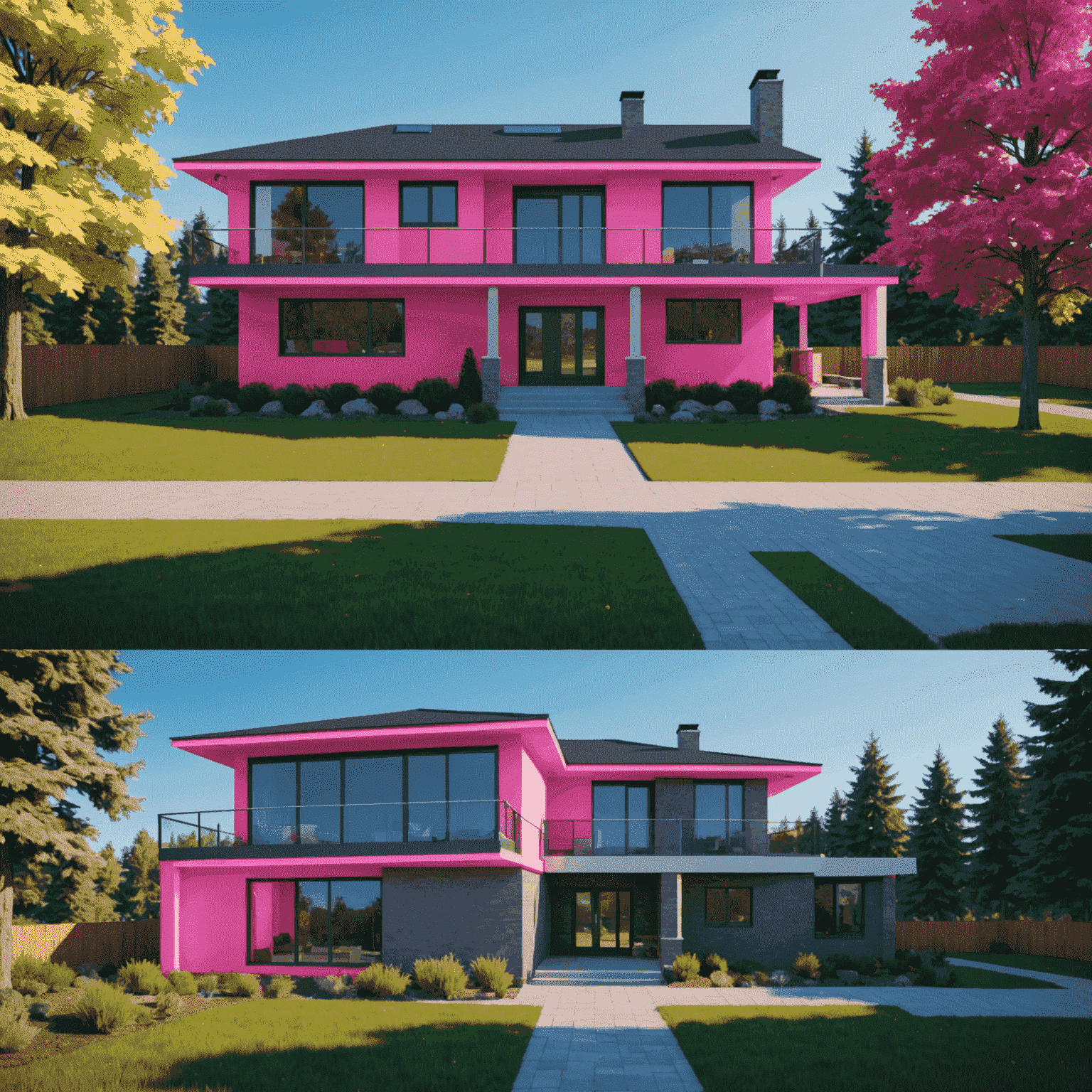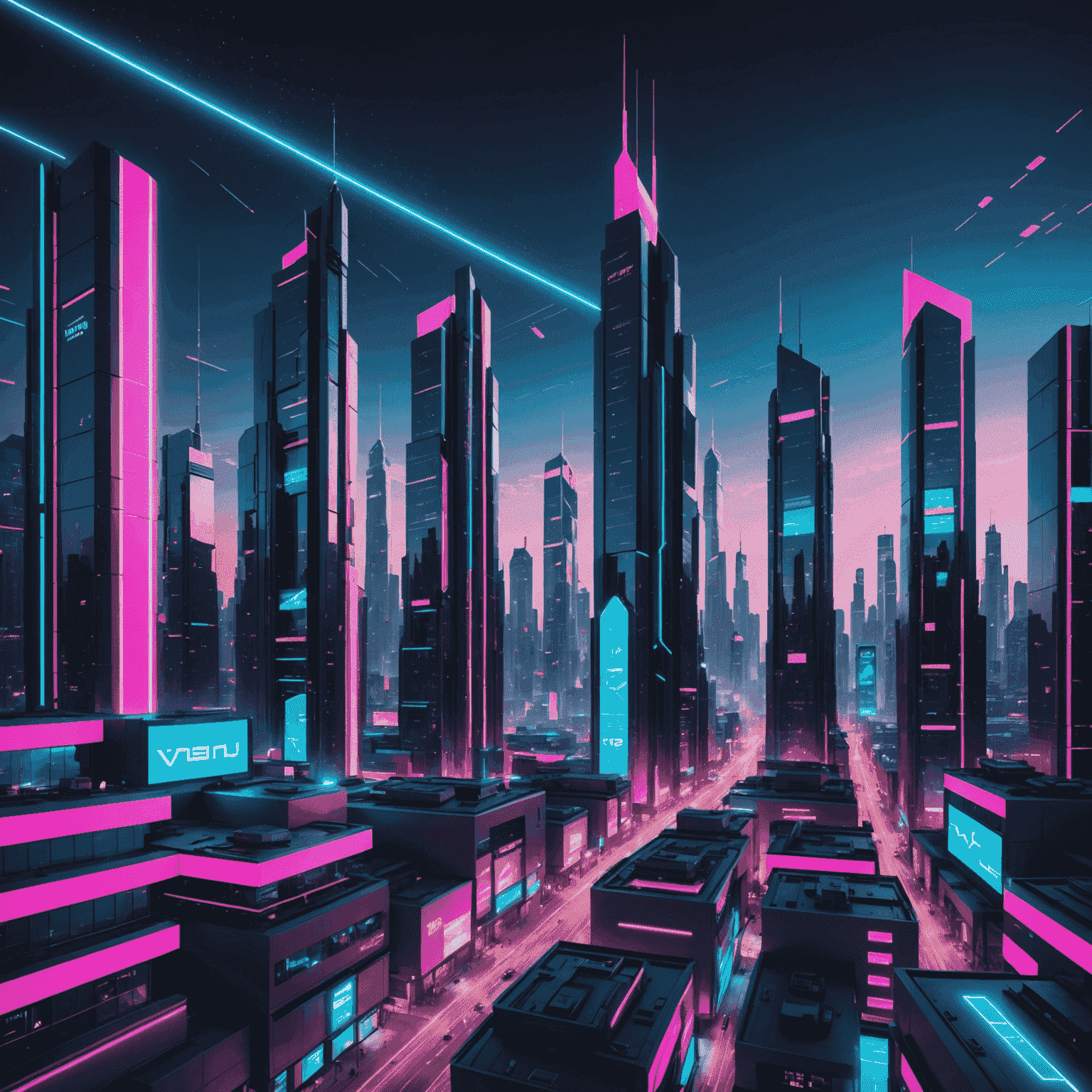Virtual Reality in Architectural Design

The architectural world is experiencing a paradigm shift, thanks to the revolutionary impact of Virtual Reality (VR) technology. This immersive tool is transforming how architects conceptualize, present, and refine their designs, pushing the boundaries of creativity and client engagement.
Revolutionizing Conceptualization
VR allows architects to step inside their designs from the earliest stages. Using tools like SketchUp integrated with VR, designers can manipulate 3D models in real-time, experiencing spatial relationships and scale in ways previously impossible. This immersive approach leads to more intuitive design decisions and early detection of potential issues.
Enhancing Client Presentations
Gone are the days of static 2D renderings. VR presentations allow clients to walk through their future spaces, providing a visceral understanding of the design. This level of immersion significantly improves client satisfaction and reduces misunderstandings, leading to fewer revisions and smoother project progression.

Real-World Case Studies
Case Study 1: The Neon Skyline Project
A prominent architectural firm in Tokyo used VR to design a futuristic skyscraper. The technology allowed them to test various lighting scenarios, resulting in an innovative facade that changes colors throughout the day. The client was able to experience these changes in real-time, leading to immediate approval and reducing the design phase by months.
Case Study 2: Historic Renovation in London
For a sensitive renovation of a historic building, architects used VR to showcase how modern elements would integrate with the existing structure. Stakeholders and preservation committees were able to virtually walk through different design options, facilitating a collaborative decision-making process that satisfied all parties.
The Future of VR in Architecture
As VR technology continues to advance, we can expect even more integration with other digital tools. Imagine combining VR with artificial intelligence to generate and test thousands of design variations in minutes, or using augmented reality for on-site construction guidance. The possibilities are as limitless as the virtual worlds we can create.

Virtual Reality is not just a tool; it's a new language for architectural expression. As we continue to push the boundaries of design, VR stands at the forefront, ready to turn our wildest architectural dreams into virtual – and eventually physical – reality.